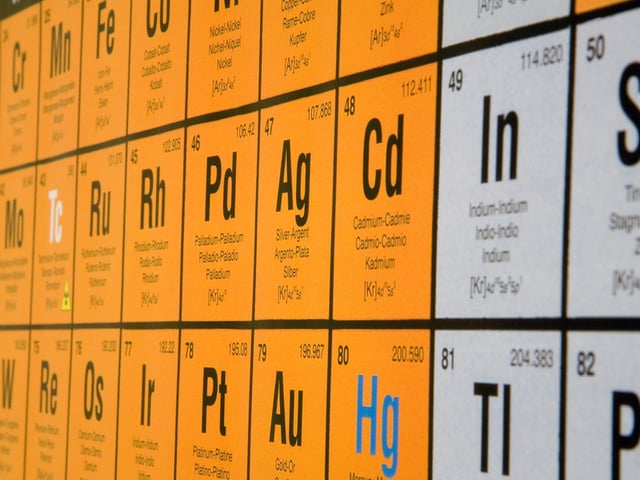
The GED® Science Test: What You Need to Know
The GED® test was created as a way to assess a student’s college readiness, so it covers everything you should know after high school. If you’re preparing for the Science section of this test, you are probably getting a bit scared: Do I really have to recall everything my teachers said during all those classes? Fortunately, the answer is “no.”
You’d probably seen high school as a place to memorize useless information like “mitochondria is the powerhouse of the cell,” but the actual goal of high school science education is to teach you to think and analyze information like a scientist would do. This is what the GED® Science test evaluates. So, lace up your shoes, and get your sweatshirt on, because we are going to tell you everything you need to know to train effectively for the GED® Science test.
You’ll have 90 minutes to answer questions that will ask you to state conclusions and make predictions based on graphs, tables, and passages describing an experiment. Scientists work with numbers, so you’ll have to keep your math skills honed. You need to know how to compare numbers, work with errors, and describe and solve problems using statistics. If you have a clear understanding of the scientific method, you will ace this part of the GED® test!
Keep in mind that not all questions will refer to a passage, graph, or table. Some of them will be stand-alone questions, covering basic science principles in life science, physical science, and Earth and space science. Our advice? Practice, practice, and practice again. The scope is so broad that just memorizing information won’t get you anywhere, but solving the practice tests with extended explanations, such as those we have at Union Test Prep, will give you the basic knowledge you need and prepare your mental muscles to think quickly and accurately when you face the real challenge. (You can play “Eye of the Tiger” while you’re studying, just for inspiration.)
Keep Reading

General Education Development Test Blog
Can You Join the Military with a GED?
The GED was created in 1942 to help members of the military and vetera…

General Education Development Test Blog
Is the GED Harder Than High School?
Are you wondering if a GED diploma is right for you? You aren’t alone: …

General Education Development Test Blog
How is the GED Scored?
Each year, roughly 59% of people who take the GED, a popular high schoo…